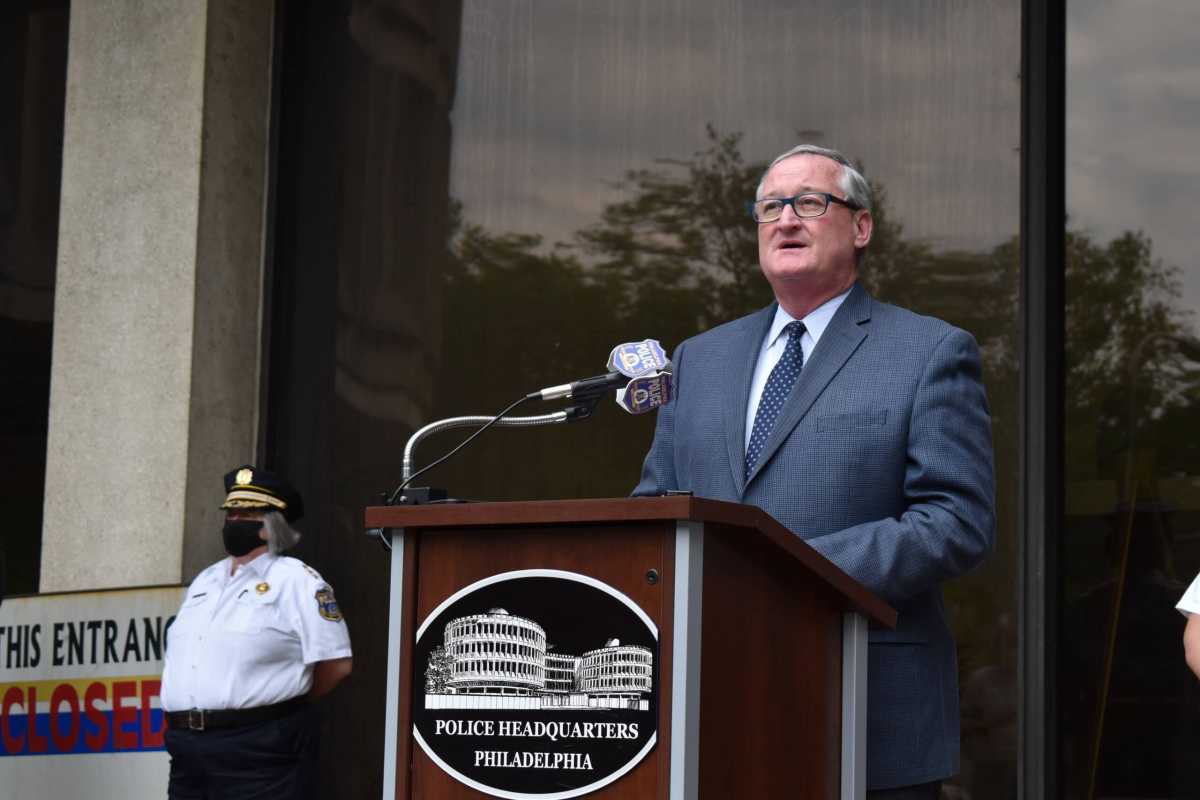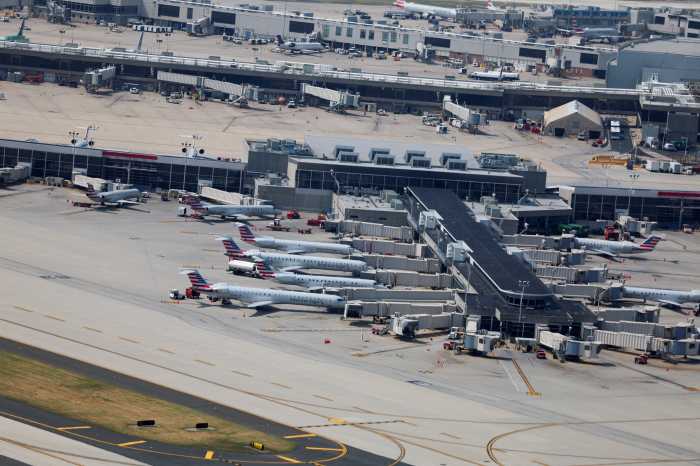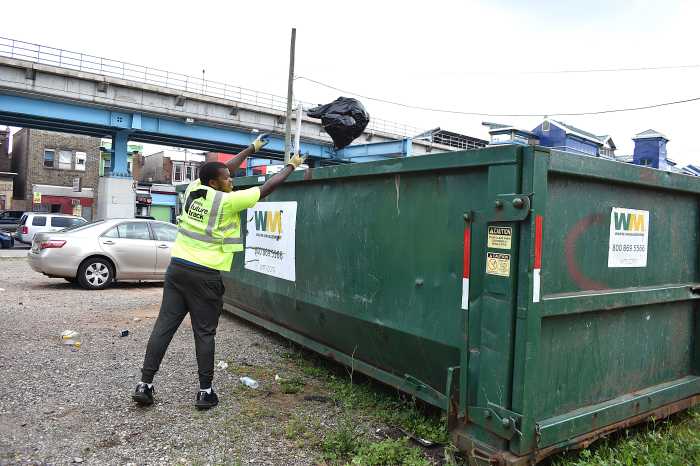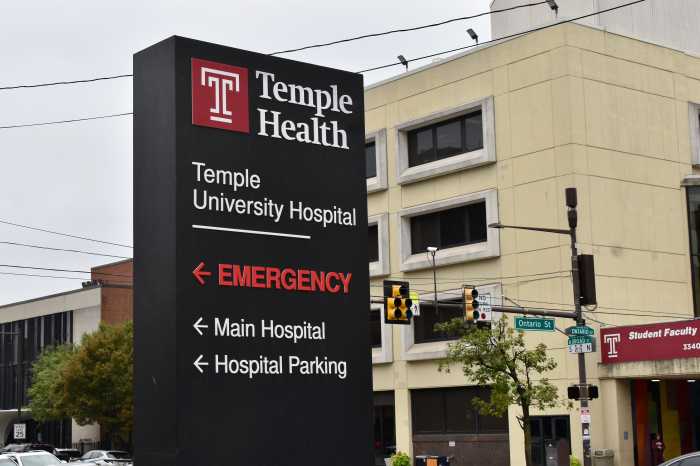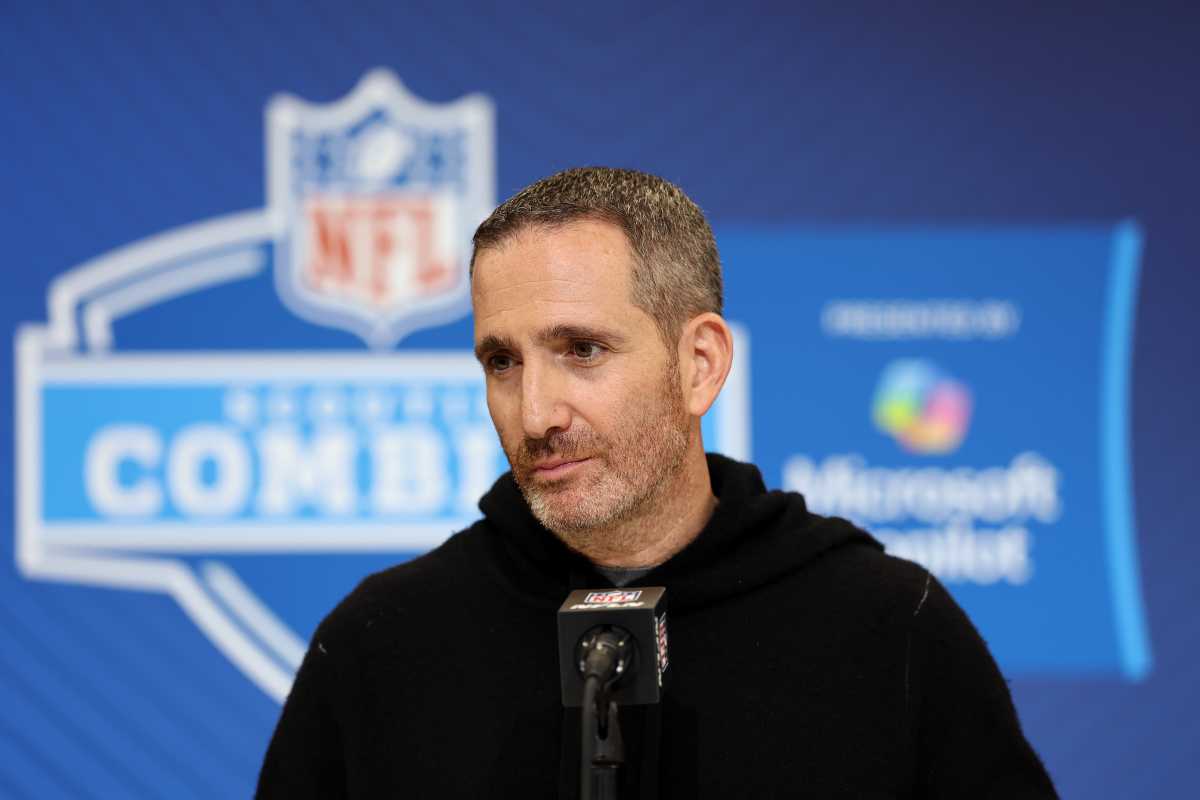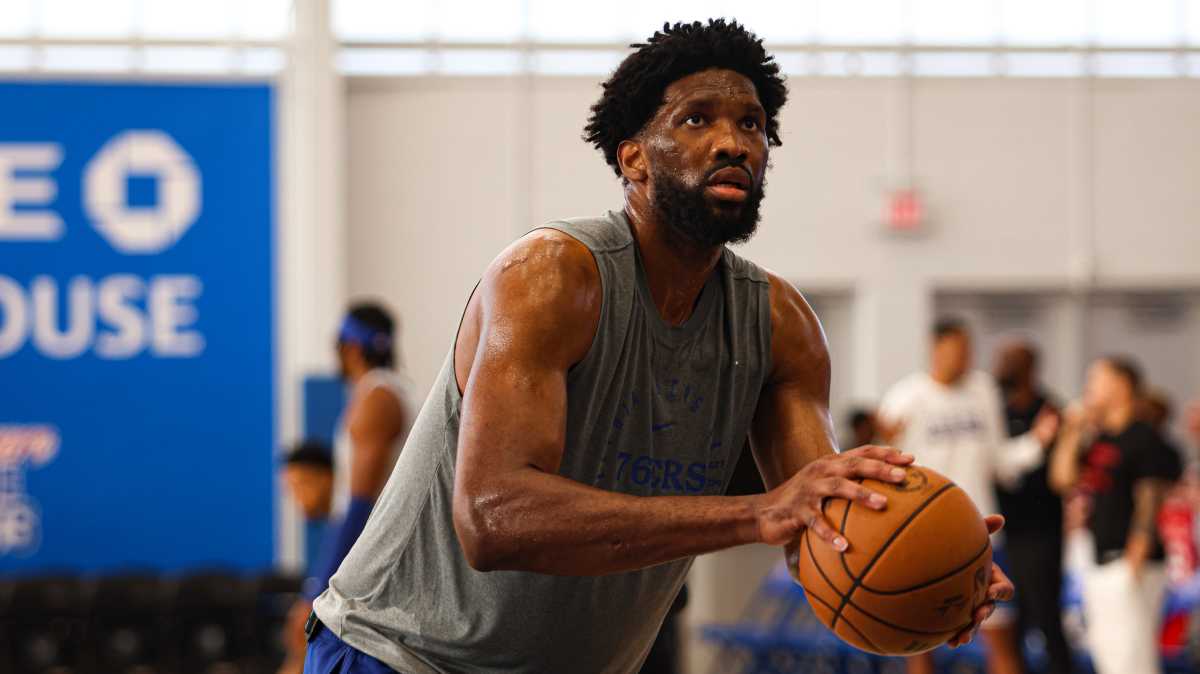A video investigation released by the New York Times sent a shock wave through Philadelphia late last week, and examinations of the city’s response to recent protests will likely have long-lasting ramifications.
Police Commissioner Danielle Outlaw and Mayor Jim Kenney publicly apologized Thursday for the use of tear gas and pepper spray on protesters earlier this month on the Vine Street Expressway.
The pair also admitted that their statements justifying the “less lethal munitions” immediately after the incident were based on inaccurate information.
Here’s a recap of everything that happened:
Video sheds further light
On Thursday morning, the Times published its video investigation, which recreated the chaotic sequence of events that occurred during the late afternoon of June 1 on I-676 between 20th and 22nd streets.
The 10-minute video, which brought the situation to national attention, featured helicopter footage and clips from protesters, as well as interviews, including one with a man who believes he was hit in the face by a projectile fired by officers.
City leaders said June 2 that tear gas was used because demonstrators surrounded a state police car. However, the Times investigation showed the officer abandoning his patrol vehicle without signs of a struggle.
The video showed how SWAT officers trapped a group of protesters on a hill next to the Vine Street Expressway. It also included a clip that surfaced hours after the incident that showed a SWAT officer spraying pepper spray directly into the faces of peaceful demonstrators.
Council calls for hearings
Later in the day, City Council passed a resolution calling for hearings to be held to look into how police handled the situation.
Councilwoman Helen Gym, who introduced the legislation, questioned the Kenney administration’s decision-making and said the hearings would also touch on other aspects of law enforcement’s response to the protests.
“It’s not just what happened on I-676,” Gym said. “It’s also the tear gassing in residential neighborhoods in West Philadelphia where residents were not involved in demonstrations and were not given prior warning.”
In the days since, Councilwoman Jamie Gauthier and other members of the West Philadelphia community have called for greater scrutiny regarding why and how tear gas was deployed in their neighborhood.
Gym also brought up how police have interacted with gangs of mostly white men that have popped up in Fishtown and South Philadelphia.
Council adopted the resolution during the same meeting it approved the city’s 2021 budget, which axed a proposed $19 million increase to the police budget and shifted an additional $14 million away from the PPD.
The shift was made by moving crossing guards and a new safety enforcement program from the PPD to the Managing Director’s Office.
Many who have been gathering in the streets following George Floyd’s death do not think the budget went far enough.
Outlaw, Kenney address I-676 gassing
Kenney and Outlaw held an afternoon press briefing Thursday outside of police headquarters where they apologized for the use of tear gas on the expressway.
“I am committed to repairing the damage that this event has caused to already the very strained police-community relations that we have been experiencing,” Outlaw said.
It appeared to be a direct response to the Times video, though multiple local sources have been questioning the city’s account of events for weeks.
Outlaw said she was “extremely disturbed and quite frankly sickened beyond description” by the video.

She said she’s placed a “categorical moratorium” on using tear gas to break up crowds and protests.
Deputy Commissioner Dennis Wilson appeared in front of the TV cameras and took responsibility for approving the use of gas.
He said he did not consult with Outlaw before giving the go-ahead. Wilson said he would be taking a voluntary demotion to chief inspector.
The SWAT officer caught on camera using pepper spray on protesters sitting on the highway will be suspended for 30 days and fired, Outlaw said.
Some officers were “benched,” Outlaw said, on June 2. Other personnel changes are likely as internal and external reviews continue, she added.
However, Outlaw said she still didn’t know the complete timeline of events and said that protesters may have surrounded the state police car and hurled projectiles at officers.
Kenney said he should be held accountable and that he regretted approving the use of tear gas at a meeting with other high-ranking officials on May 31.
“I ignored what my instincts told me,” the mayor said. “I have never believed tear gas was an effective tool when I’ve seen other cities use it in protests. It always seems to me to make situations worse, and it has.”
Fishtown ‘vigilante’ arrested
Authorities Thursday afternoon announced charges against a man who allegedly beat up a journalist and assaulted his girlfriend in Fishtown the same day police used tear gas on I-676.
George Graf, 36, has been charged with aggravated assault, conspiracy and related counts.
Prosecutors say Graf was part of a group of vigilantes who showed up to protect the 26th District police station. He spotted WHYY producer Jon Ehrens and summoned several others to follow him, authorities said.
Ehrens was punched multiple times while on the ground and ended up with a broken nose, a fractured bone in his jaw and other injuries, according to prosecutors.
The District Attorney’s Office noted that Graf was not apprehended at the scene, even though the area had a large police presence.
Activists and others have been incensed by what they perceive to be a difference in treatment between groups of white men, some of whom have been armed, and Black Lives Matter protesters.
Graf was the second so-called vigilante arrested last week.
John Mooney, 58, was charged with ethnic intimidation and simple assault for allegedly punching Black photographer Mel D. Cole June 23 near the Christopher Columbus statue at Marconi Plaza.



